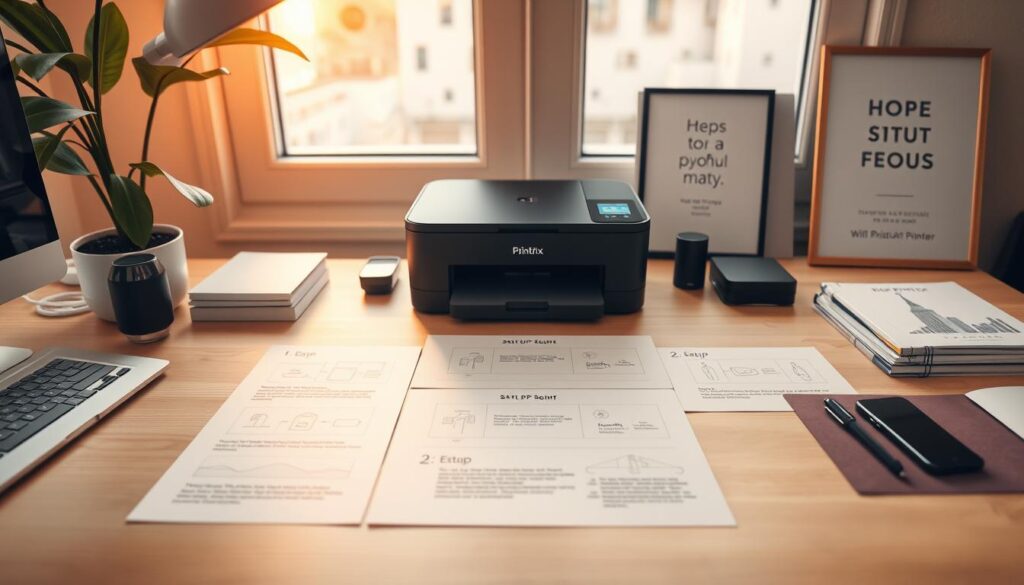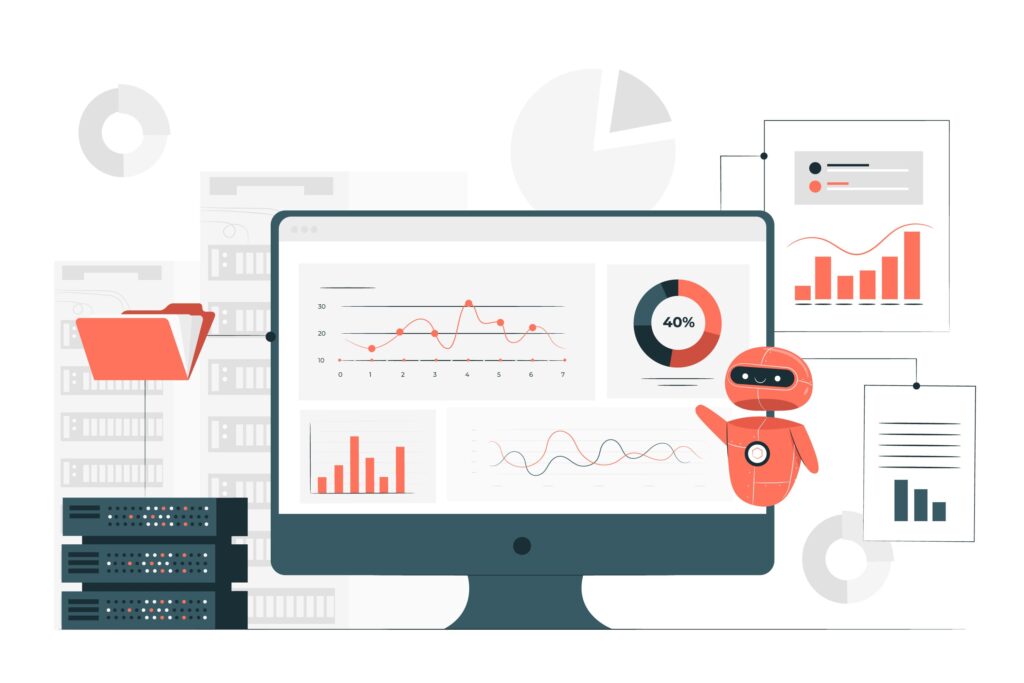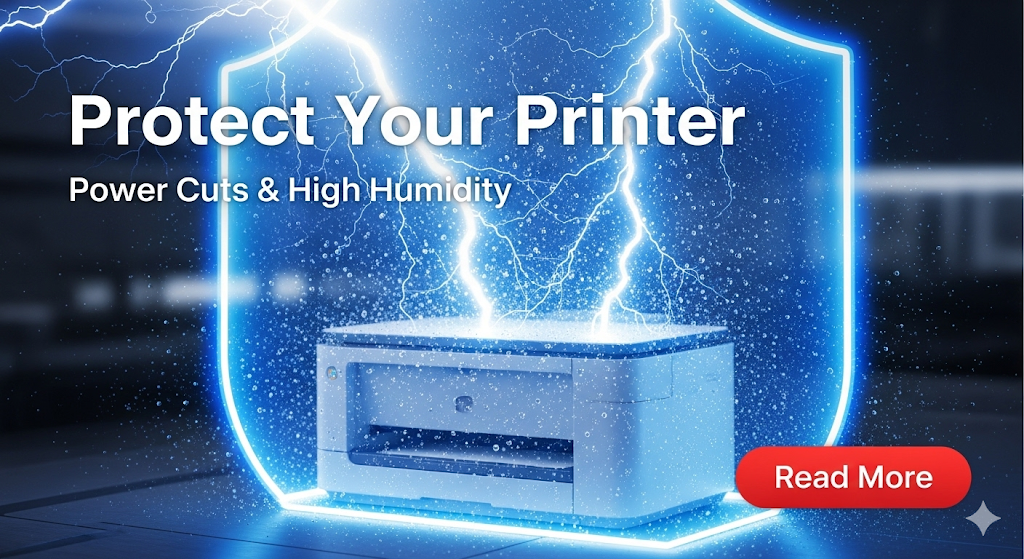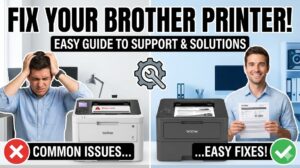Introduction
Learning to protect printer from power cuts and high humidity prevents costly damage and extends your printer’s lifespan significantly. Power surges and moisture cause more printer failures than normal wear and tear, yet most users ignore these preventable risks.
Sudden power outages can corrupt firmware, damage internal circuits, and ruin print jobs mid-process. Meanwhile, excessive humidity causes ink clogs, paper jams, and electronic corrosion that leads to expensive repairs or complete replacement.
This comprehensive guide reveals professional techniques to safeguard your investment using affordable solutions that work in any environment. You’ll discover the exact tools and methods used by commercial print shops to maintain reliable operation year-round.
By implementing these proven protection strategies, your printer will survive power fluctuations and climate challenges while delivering consistent, high-quality performance for years to come.
What Is Comprehensive Printer Protection?
Comprehensive printer protection involves shielding your device from electrical and environmental threats that cause premature failure and performance degradation.
Power-Related Threats Include:
- Sudden voltage spikes from lightning or grid switching
- Power outages that interrupt critical printing processes
- Voltage fluctuations that stress internal components
- Electrical noise from other devices on the same circuit
Environmental Threats Include:
- High humidity causing ink clogs and paper problems
- Low humidity creating static electricity buildup
- Temperature extremes affecting ink viscosity and paper behavior
- Dust accumulation blocking air vents and sensors
Why Protection Matters: Modern printers contain sensitive electronic components that malfunction when exposed to power irregularities or moisture. A single power surge can destroy circuit boards costing hundreds to replace.
Cost-Benefit Analysis: Basic protection equipment costs $50-150 but prevents damage worth thousands. Professional repair shops report that 40% of printer failures result from power or humidity issues that proper protection could prevent.
Comprehensive Protection Strategy: Effective protection addresses both electrical and environmental factors simultaneously, creating a stable operating environment that maximizes printer reliability and performance.
6 Essential Steps to Protect Printer From Power Cuts and Humidity

Step 1: Install Uninterruptible Power Supply (UPS)
Choose the Right UPS Capacity:
Calculate your printer’s power consumption (usually 200-600 watts) and select a UPS with 20-30% higher capacity. This provides adequate runtime and prevents overloading.
Look for UPS units with automatic voltage regulation (AVR) that corrects minor power fluctuations without switching to battery power.
UPS Features for Printers: Pure sine wave output protects sensitive electronics better than modified sine wave units. USB connectivity allows automatic printer shutdown during extended outages.
Installation Best Practices: Position the UPS close to your printer but ensure adequate ventilation around both devices. Connect only essential equipment to preserve battery runtime.
Test the UPS monthly by unplugging it from the wall to verify proper operation and battery health.
Step 2: Implement Surge Protection Strategy
Whole-House Surge Protection: Install surge protectors at your electrical panel for comprehensive protection against external surges from lightning and grid events.
Point-of-Use Protection: Use high-quality surge protectors with joule ratings of 2000+ at printer locations. Look for units with equipment replacement warranties.
Layered Protection Approach: Combine whole-house and point-of-use surge protection for maximum effectiveness against both external and internal electrical threats.
Response Time Considerations: Choose surge protectors with response times under 1 nanosecond to protect against fast-rising voltage spikes that damage modern electronics.
Step 3: Control Humidity Levels Effectively
Optimal Humidity Range: Maintain 45-55% relative humidity for optimal printer performance. This range prevents static buildup while avoiding moisture-related problems.
Dehumidifier Selection: Choose dehumidifiers with built-in humidity controls that automatically maintain target levels. Size units appropriately for your room’s square footage.
Humidifier Considerations: In dry climates, use cool-mist humidifiers to prevent static electricity that can damage sensitive printer components.
Monitoring Tools: Install digital hygrometers to continuously monitor humidity levels and alert you to conditions requiring attention.

Step 4: Create Stable Temperature Environment
Temperature Range Management: Maintain printer room temperatures between 68-75°F (20-24°C) for consistent ink flow and paper handling performance.
Avoid Temperature Fluctuations: Rapid temperature changes cause condensation inside printers, leading to electrical shorts and ink system problems.
Ventilation Requirements: Ensure adequate air circulation around printers to prevent heat buildup while maintaining stable ambient conditions.
Seasonal Adjustments: Monitor and adjust environmental controls seasonally as outdoor conditions change heating and cooling requirements.
Step 5: Proper Printer Placement and Setup
Location Selection: Position printers away from windows, heating vents, and air conditioning units that create temperature and humidity fluctuations.
Electrical Circuit Considerations: Use dedicated electrical circuits for high-end printers to avoid voltage drops from other equipment starting up.
Physical Protection: Elevate printers slightly off the floor to protect against potential water damage from floods or spills.
Cable Management: Use shielded power and data cables to reduce electrical interference that can cause communication errors and print quality issues.
Step 6: Maintenance and Monitoring Routine
Regular Inspection Schedule: Check UPS batteries quarterly and replace them every 3-4 years or when runtime drops significantly.
Environmental Monitoring: Log temperature and humidity readings weekly to identify trends that might require equipment adjustments.
Preventive Maintenance: Clean printer vents monthly to maintain proper airflow and prevent overheating that can damage internal components.
Documentation System: Keep records of all protection equipment, including installation dates, warranty information, and maintenance schedules.

Advanced Protection Tools and Professional Solutions
Smart Environmental Controllers: Professional-grade systems like those from Sensirion or Vaisala provide precise temperature and humidity control with remote monitoring capabilities.
Network-Attached UPS Systems: Enterprise UPS units offer network management interfaces that provide detailed power quality monitoring and automatic shutdown capabilities for multiple devices.
Power Quality Analyzers: Advanced users can deploy power quality monitors to identify electrical problems before they damage equipment, providing early warning of grid issues.
Backup Power Solutions: For critical applications, consider automatic transfer switches that seamlessly switch between utility power and backup generators during extended outages.
Professional Installation Services: Commercial environments benefit from professional electrical contractors who can design comprehensive protection systems that meet specific operational requirements.
Remote Monitoring Systems: IoT-based sensors provide 24/7 monitoring of environmental conditions with smartphone alerts when parameters exceed safe ranges.
These advanced tools offer enterprise-level protection for high-value printing operations that cannot tolerate downtime or equipment failures.
Common Protection Mistakes and How to Avoid Them
Mistake 1: Using Cheap Power Strips Instead of True Surge Protectors Basic power strips offer no surge protection despite having multiple outlets. Always verify surge protection ratings and certifications before relying on any device for protection.
Mistake 2: Ignoring UPS Battery Maintenance UPS batteries degrade over time and lose capacity. Test batteries regularly and replace them proactively to ensure protection when needed most.
Mistake 3: Inadequate Humidity Control in Basements Basement locations often experience high humidity that damages printers over time. Install proper dehumidification systems rather than hoping occasional use prevents problems.
Mistake 4: Connecting Too Many Devices to One UPS Overloading UPS systems reduces runtime and may prevent proper printer shutdown during outages. Calculate power requirements accurately and size systems appropriately.
Mistake 5: Placing Printers Near Heat Sources Positioning printers near radiators, space heaters, or in direct sunlight creates temperature fluctuations that affect print quality and component lifespan.
Mistake 6: Neglecting Grounding Issues Poor electrical grounding reduces surge protector effectiveness. Have qualified electricians verify proper grounding before installing protection equipment.
Mistake 7: Assuming Basic Equipment Provides Adequate Protection Consumer-grade protection equipment may not handle severe power events. Invest in commercial-grade protection for valuable printers and critical applications.
Frequently Asked Questions
Q: Do I really need a UPS for my home printer, or is a surge protector enough? A: While surge protectors prevent damage from voltage spikes, UPS systems also protect against power outages that can corrupt print jobs and damage mechanisms. For expensive printers or critical documents, UPS protection is worth the investment.
Q: What humidity level damages printers the most – too high or too low? A: Both extremes cause problems, but high humidity (above 60%) typically causes more immediate damage through ink clogs and paper jams. Low humidity creates static electricity that can damage electronics over time.
Q: How often should I replace UPS batteries to maintain printer protection? A: Replace UPS batteries every 3-4 years or when runtime tests show significant capacity loss. Most UPS units provide battery status indicators to help determine replacement timing.
Q: Can I use the same surge protector for my computer and printer? A: Yes, as long as the surge protector has adequate joule rating and outlet capacity. However, ensure the total connected load doesn’t exceed the protector’s capacity, and consider dedicated protection for expensive equipment.
Q: What’s the most cost-effective way to protect a small office with multiple printers? A: Implement whole-house surge protection combined with individual UPS units for critical printers. Use environmental controls (dehumidifiers/humidifiers) to maintain optimal conditions for all equipment simultaneously.
Conclusion
Successfully learning to protect printer from power cuts and humidity damage requires a systematic approach that addresses both electrical and environmental threats. The investment in protection equipment pays for itself by preventing costly repairs and extending equipment lifespan.
Start with basic surge protection and environmental control, then add UPS systems for critical applications. These fundamental protections solve most printer reliability problems while providing peace of mind during storms and power grid instability.
Remember that protection equipment requires regular maintenance to remain effective. Schedule quarterly inspections and testing to ensure your systems work when needed most.
The small upfront investment in comprehensive printer protection delivers years of reliable performance and prevents the frustration and expense of premature equipment failure. Your printer will thank you with consistent, high-quality output regardless of external conditions.
Photo Prints Look Washed Out? Fix Paper, Settings & Color Profile Issues Read More.




